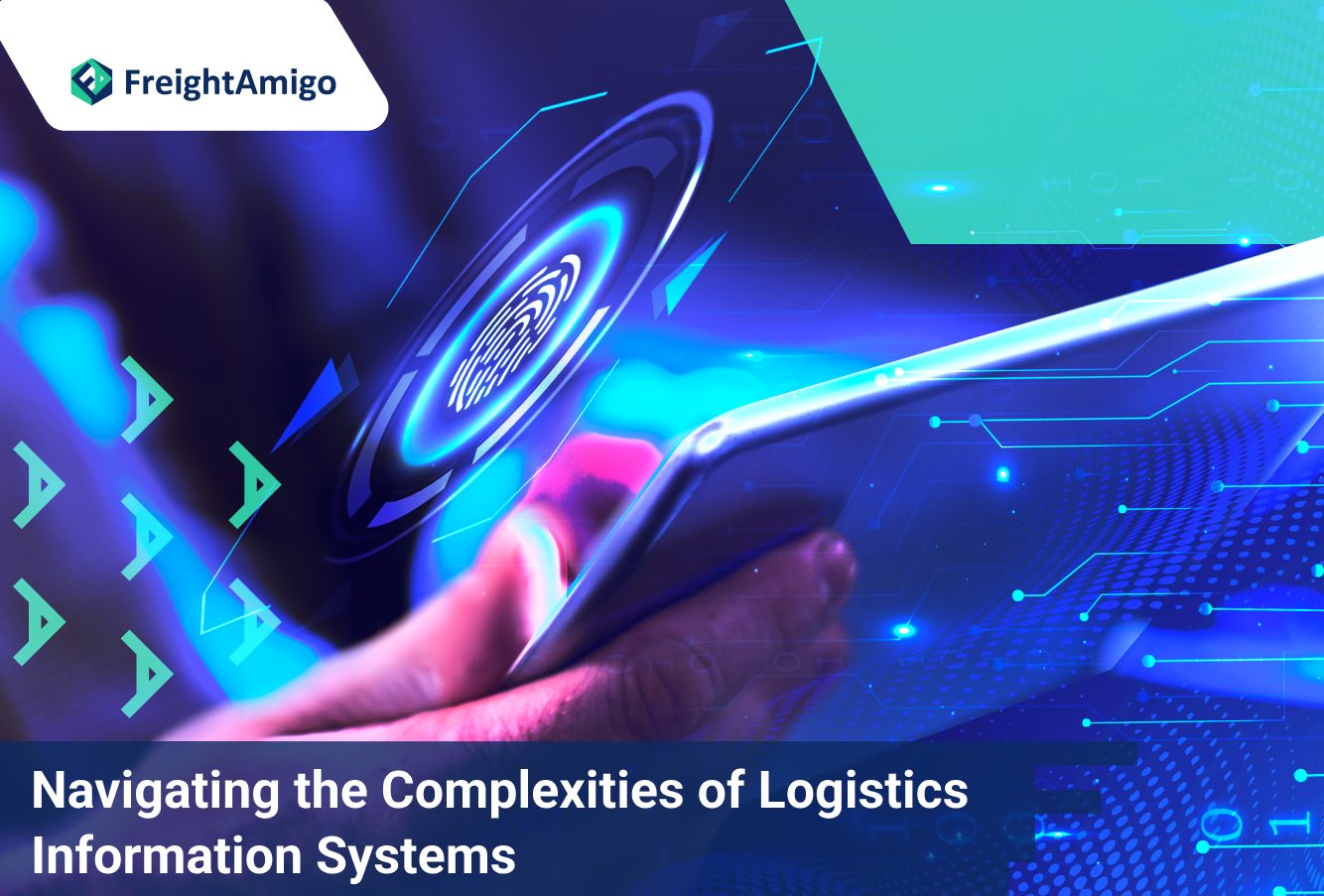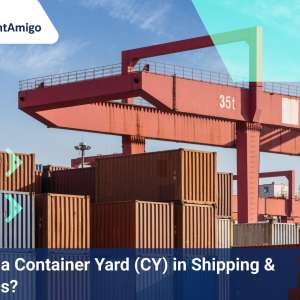Navigating the Complexities of Logistics Information Systems
Latest update on 27 March, 2024 by Aiden Ng– Marketing Analyst at FreightAmigo
Logistics information systems play a critical role in the effective management of supply chains. These systems not only help to ensure the smooth flow of goods and services, but also provide valuable insight and data that enables organisations to make informed decisions. FreightAmigo will help you enter the world of these systems through this article. By exploring their importance, key components, benefits, challenges, best practices for implementation, popular systems on the market, choosing the right system for your business, integration with other business systems, and future trends.
Want to compare the best Express, Air Freight, Sea Freight, Rail Freight & Trucking rates so as to have better control on cost?
The role of logistics information systems in supply chain management
In the dynamic and interconnected world of supply chain management, logistics information systems are the backbone of efficient operations. These systems enable companies to track inventory, monitor shipments and optimise routes to ensure timely delivery of goods. By centralising and automating various processes, logistics information systems help to reduce errors, improve customer satisfaction and increase operational efficiency. In addition, these systems provide real-time data on inventory levels, demand patterns and market trends, enabling companies to make data-driven decisions and adapt to changing market conditions.
Key components of logistics information systems
Logistics information systems consist of several components that work together to streamline operations and improve visibility. Key components include transportation management systems (TMS), warehouse management systems (WMS), order management systems (OMS) and inventory management systems (IMS). TMS helps optimise transport routes, track shipments and manage carriers. WMS focuses on efficient warehouse operations, including inventory tracking, picking and storage optimisation. OMS ensures seamless order processing, from order placement to fulfilment. IMS provides real-time visibility of inventory levels, enabling companies to avoid out-of-stocks and optimise stocking strategies.
Benefits of implementing logistics information systems
Implementing logistics information systems brings many benefits to companies. Firstly, these systems improve operational efficiency by automating manual tasks, reducing paperwork and eliminating redundancies. This results in cost savings and increased productivity. Second, these systems improve visibility across the supply chain, enabling companies to track inventory, monitor shipments and identify bottlenecks in real time. This visibility helps to improve demand forecasting and resource planning. Third, these systems improve customer satisfaction by ensuring on-time delivery, improving order accuracy and providing proactive updates on shipments. Finally, these systems provide valuable data and analytics that enable companies to optimise routes, improve inventory management and make data-driven strategic decisions.
Challenges in implementing logistics information systems
Implementing logistics information systems is not without its challenges. One of the biggest challenges is the complexity of integrating these systems with existing business processes and technologies. This requires careful planning, coordination and technical expertise to ensure seamless integration. Another challenge is the cost of implementing and maintaining these systems. Organisations need to consider the upfront investment, ongoing maintenance costs and potential training costs. In addition, change management is a critical aspect of successful implementation. Employees must be trained to use the new system and accept the change in processes. Resistance to change can hinder the successful implementation of logistics information systems.
Best practices for successful implementation
To ensure the successful implementation of logistics information systems, companies should follow certain best practices. First, it is important to clearly define the project scope, objectives and timeline. This will help set realistic expectations and ensure alignment between stakeholders. Second, companies should conduct a thorough analysis of their existing processes and identify areas for improvement. This analysis will help define system requirements and select the right system. Thirdly, companies should involve all relevant stakeholders, including IT, supply chain and operations teams, in the implementation process. This will ensure that all perspectives are considered and potential barriers are addressed. Finally, companies should invest in comprehensive training programmes to ensure smooth user adoption and maximise the benefits of the logistics information system.
Choosing the right system for your business
Choosing the right logistics information system can be a daunting task, given the wide range of options available. To make an informed decision, companies should start by clearly defining their requirements and objectives. This includes considering factors such as scalability, integration capabilities and industry-specific functionality. It is also important to evaluate the vendor’s track record, customer support services and implementation timeline. In addition, organisations should consider the ease of use and customisation of the system. This will ensure that the system can be seamlessly integrated into existing processes and tailored to meet specific business needs.
Integration of logistics information systems with other business systems
The integration of logistics information systems with other business systems is crucial for seamless operations and data flow. These systems should be able to communicate with Enterprise Resource Planning (ERP) systems, Customer Relationship Management (CRM) systems and other relevant applications. By integrating these systems with other business systems, companies can gain a holistic view of their operations, avoid data silos and eliminate manual data entry. This integration enables real-time data sharing, accurate forecasting and efficient order fulfillment.
Conclusion
In conclusion, logistics information systems are a critical component of supply chain management, providing companies with the tools and insights needed to navigate the complexities of modern logistics. By implementing these systems, companies can streamline operations, improve visibility and make data-driven decisions. However, successful implementation requires careful planning, stakeholder involvement and adherence to best practices. By the full support of FreightAmigo, and the right system in place, companies can simplify complexity, improve operational efficiency and stay ahead in today’s competitive marketplace.
The best way to find the right Logistics Information Systems for your business is to get help from logistics experts! To find out more about Logistics Information Systems, please visit the FreightAmigo enquiry page.
If you have any inquiries on logistics/supply chain, feel free to contact FreightAmigo now:
Chat with us online | Hotline: +852 28121686 | WhatsApp: +852 27467829



